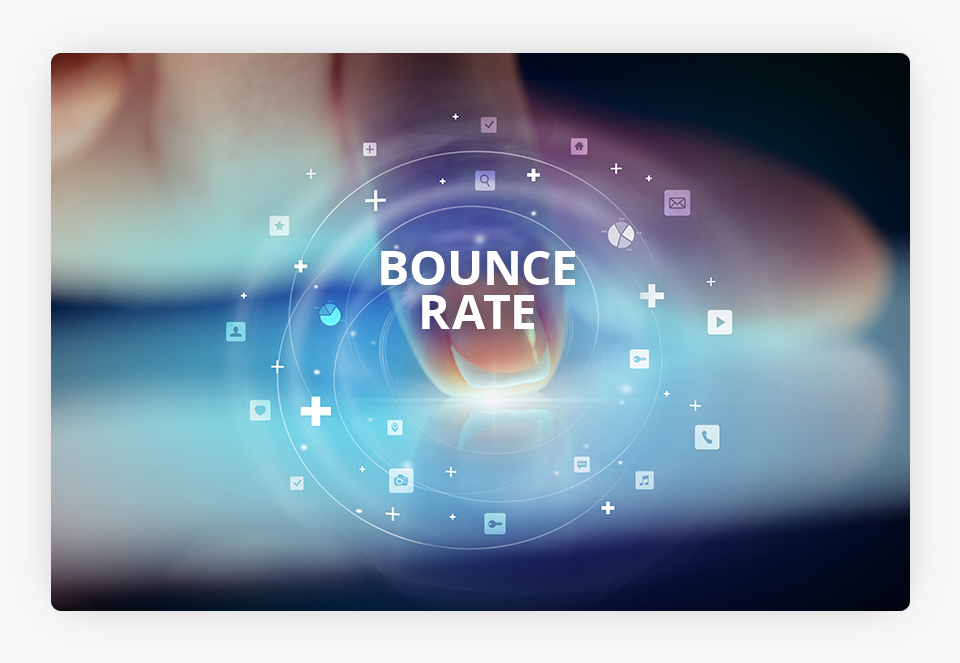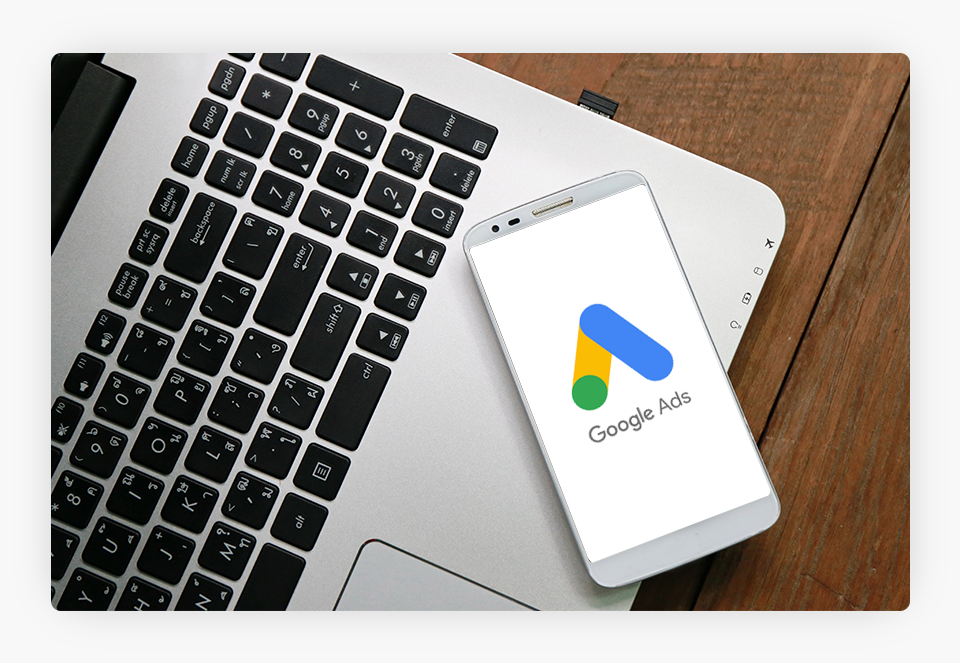We can’t send you updates from Justia Onward without your email.
Unsubscribe at any time.
Search engine optimization (SEO) is a frequently discussed topic in digital marketing and technology circles, but myths and conspiracy theories are widespread. Check out this post to learn more about the common SEO myths lawyers should think twice about.
Remember the game of telephone that children play? The concept is simple. You whisper a message into someone’s ear, and they whisper it to the next person. When the message finally makes it to the end of the line, the last person announces what he heard. The first person shares what she originally said. Most of the time, the message has become a disjointed ghost of the initial statement, and everyone laughs at the hilarity that has ensued. But every so often, the passed-on message comes through perfectly.
The same thing happens in the SEO world, though perhaps without the laughter. If you spend any time in digital marketing or technology spaces, you will hear chatter about SEO. People are sharing knowledge and information frequently in a giant game of telephone about best practices and how SEO works. But it isn’t just the chatter about SEO that results in mixed messages.
SEO and search are rapidly changing fields that look drastically different than they did even a few years ago. With every algorithm update from Google and other major search engines, the landscape changes again. This changing landscape factored together with all of the talk has led to widespread myths about SEO.
Unfortunately, blindly believing these myths can tank a lawyer’s SEO strategy and stop your law firm from reaching its full potential. However, we are committed to helping lawyers avoid this outcome. In this post, we want to dispel six of the most common SEO myths we hear from lawyers.
1. SEO Results are Instantaneous

We will start with a simple one. SEO is not an instant results process. Several factors are in play when determining when a law firm website may see results from its SEO strategy. We can divide changes to a website’s SEO into three broad categories: (1) the content of a webpage, (2) the technical SEO of the website, and (3) editorial links to the website. Each takes a different amount of time to yield results, with content changes being the quickest followed by technical changes and then editorial links.
Regardless of which category you make changes to your SEO strategy in, the returns your law firm will see are influenced by your local market, competition in your practice area, the quality of your content, the quality of other lawyers’ content, backlinks to your site, backlinks to other lawyers’ sites, user experience on your site, etc. If you are in a low-competition market or have a niche practice area, you may see changes in your ranking more quickly than if you practice in a saturated area.
Webpage Content: Updating webpage content can result in changes to the search rankings relatively quickly. Though not instantaneous, this normally occurs within a few days. Sometimes a change in rankings takes a bit longer. Sometimes it happens a bit more quickly.
We typically advise our clients to wait at least a week to see if the initial changes are occurring. It is important to note that even after you see the first changes, you will likely continue to experience additional changes in position as Google sees how the webpage’s content relates to other pages on your site and evaluates how users react to this content.
If you want Google to index your page more quickly, then use the URL Inspection Tool in Google Search Console immediately after publishing changes. This is faster than submitting/resubmitting a sitemap file. However, it does require you to check/submit one URL at a time, and Google limits you to 50 URL reindexing submissions a day.
How do you use the inspection tool to speed up the indexing process? Follow the steps below:
- Login to Google Search Console.
- Click on “URL Inspection” in the left-hand menu bar.
- Enter the URL for your webpage in the text field at the top of the page.
- Click the link that says “Request Indexing” on the Google Search Console summary page for that URL.
Technical SEO: Changing or fixing the technology driving your website, may take a bit longer to create measurable ranking changes. Whether it be creating faster webpages or correctly adjusting your markup, ranking changes are not normally evident for a couple of weeks at a minimum and sometimes take longer – even up to a month. Perhaps this is because Google wants to ensure the technical improvements are here to stay.
Watch this Justia Webinar playlist on YouTube.
There are some situations where you may notice improvements in your website’s rankings more quickly than this timeline following a technical update. Typically, this occurs in cases where the technical SEO was previously a disaster or otherwise in need of serious updates before Google could properly index the page. In these cases, the result from a change in SEO strategy often produces results similar to those produced by adding new content on a webpage.
Editorial Links: This is the slowest of the three categories to lead to changes in the Google search results. It takes time for new editorial links to your website to produce their full value. Normally, Google will give some credit to a link when it is first discovered by the Google crawler, but the full link value of a new editorial link does not peak until 10-12 months later.
This delay can be attributed to Google doing its homework. In short, Google wants to ensure the link represents a real editorial vote and is not simply a short-term manipulation of search results (such as before an election or Christmas). The link value of your editorial links increases slowly until they reach their full potential about a year or so after being noted by a Google crawler.
It is worth noting that you may not necessarily have to wait this full period before you see an increase in your website rankings. There have been cases where brand new websites receive many quality editorial links when launched, and they rank within days. Realistically, however, this does not happen frequently for law firms as getting high-quality links is not always easy. For the vast majority of lawyers and law firms, it will be months before link-building efforts translate into results in the rankings.
Regardless, all law firms should do their basic directory link building. Law firms should be in the numerous law firm and lawyer directories (law firm and lawyer directory lists available from Justia and Rankings.io) and in the major business directories. You can either directly claim your listings and update your profiles, or you can use a service such as Yext, WhiteSpark, or BrightLocal. Law firms should also have their blogs submitted to Justia’s Blawg Search, the ABA Journal Blawg Directory, and LexBlog (all of which have quality requirements for inclusion).
Watch this Justia Webinar playlist on YouTube.
The Short Version? All of this explanation means that changes to your law firm’s SEO strategy will not create instantaneous results. It may take a few days to a month or more to see the initial changes to your search result rankings, and it will likely take months to fully see the fruits of your investment in SEO. Furthermore, you will need additional time to analyze your returns and assess your strategy accordingly.
SEO is a long-term game. If you need leads pronto, you should consider a combined marketing approach that also uses other strategies, such as paid advertising, in addition to SEO.
2. Google Uses Bounce Rate as a Ranking Factor

Your website’s bounce rate measures a visitor’s behavior on your website and is calculated by analyzing the frequency with which visitors leave the first webpage they visit on your website without taking some sort of action, such as clicking to another page or filling out a form on the website.
Some people maintain that bounce rate is a ranking factor because it is a measure of your site’s quality. However, your bounce rate is not an inherently quality-based metric. There could be numerous reasons someone lands on your webpage and leaves again without actually taking some sort of action, and poor quality is only one of these reasons.
For instance, it could be that the page has exactly what the user is looking for, so he has no reason to view another page on the site. In fact, most well-optimized law firm websites, have higher bounce rates because the Google search result takes the user to the exact content they are looking for. Google is not going to punish you for taking a user directly to the content they need instead of making them click around your website to find it.
However, this does not tell the whole story, as some bounces do matter to Google. So what bounces does Google care about?
Google cares about fast bounces using the back button from a page shown on its search engine results page (SERP). If someone does a Google search, clicks a website link, and then clicks the back button within a few seconds, Google will see that behavior as a signal that the resulting page is not a good match for the search query. Accordingly, it may reduce the website’s ranking for that query. If this happens for many different queries involving a website, Google may reduce the rankings for the entire website.
There are three important elements here: (1) the page leading to the website is a Google search results page, (2) the user clicks the back button on the website page, taking them back to the Google search results page, and (3) the user clicks the back button quickly after viewing the website, normally within a few seconds.
Google wants its results to be highly relevant to the user. It doesn’t want to offer results that the users do not want to view. Therefore, if all three elements exist, this is an indication to Google that the webpage is not a good result, at least for this user. If these bounces happen once in a while, it is no big deal. However, if it happens frequently for one website and from many different users, then the bounces could lead to lost rankings.
It is important to note that this is more than just the fact that the user hit the back button to return to the search results. For example, if a user spends a minute on the resulting webpage and then returns to the results page, this is not an issue. We would not be worried about it even if the person spent 15 seconds on the resulting webpage. But if they click the back button after 5 seconds, that is not good for the linked search result webpage.
What causes these quick bounces? The number one reason for a high bounce rate is that the resulting website is slow. Users do not like to wait. A slow site often impacts all of your pages, not just one or two. These increased bounces can indeed impact your website rankings.
To address this issue, you must consider the mobile user and page load speeds. As most law-related searches now occur on mobile devices, your website should have fast-loading AMP pages, hosted on Google’s Content Delivery Network (CDN) for mobile users.
Other reasons for fast bounces on law firm websites include low-quality content, poor usability/readability (often caused by tiny fonts or large header graphics), and in some cases misaligned content to the search query (webpage ranking for terms that are irrelevant to its content).
To reiterate, Google is not concerned about the total bounce rate that you see in your Google Analytics reports. However, they are concerned about quick bounces from the SERP. Therefore, make sure your website is fast (and ideally AMP-enabled for mobile devices).
If you really want to lower your Google Analytics bounce rate, you can easily do so by un-optimizing your webpages for Google. However, if you do this, your rankings and referrer traffic will fall at the same time as your bounce rate.
3. Google Ads Will Improve a Website’s Ranking

Some people believe that Google will favor websites that spend money on Google Ads in the place where the SEO magic happens: organic search results. However, that is not exactly true in the way that Google conspiracy folks would have us think.
While Google Ads and other pay-per-click (PPC) ads can drive business to your firm, they do not directly influence your rankings in organic search results. However, there are ways that PPC ads may indirectly influence your organic Google search rankings.
Search Engine Journal wrote an article, How Paid Search Incrementality Impacts SEO (Does 1+1=3?), illustrating how users that see a Google Ad for a website are more likely to click on the organic link for that website (which is lower on the SERP). These users are less likely to click an organic link for a website that is not preceded by an ad. Furthermore, if an organic link gets more clicks in Google search results than it would otherwise get without the ads, then the rankings for the search query should improve.
Watch this Justia Webinar playlist on YouTube.
Therefore, having Google Ads could indirectly help your organic rankings for the same terms that you purchase ads for, assuming your organic listing is already on the first page of the SERP. If your organic listing is buried past this first page, investing in PPC ads is unlikely to influence your rankings.
4. Duplicate Content Gets Your Website Penalized

One of the most basic, fundamental principles of SEO is to avoid creating duplicate content. However, this is not because the search engines are doling out manual duplicate content penalties against certain web pages. Instead, the algorithms are designed to only present the most pertinent content in the SERP, and a second version of the content that has already been listed is not that relevant to a user.
When a search engine is presented with multiple copies of the same content, they will determine which one to present to searchers at the top of the results. Most often, this is the originator of the content. Then, because searchers do not benefit from seeing multiple copies of the same content at the top of the SERP, the duplicates are suppressed with a much lower ranking.
In most cases, this process is not a penalty against your website. Instead, it is simply the algorithm doing exactly what it is designed to do. This problem can be eliminated by creating original content (which is favored by search engines), rather than continuously sharing duplicated text.
But can having duplicate content on some pages cause an entire website to rank lower? The answer depends on how many pages are duplicated.
If you have just a small number of duplicate pages, then your overall website should be fine. But if your website has a significant number of pages duplicated amongst themselves or from another source, Google may see your entire website as being of lower value and reduce its rankings in the search results.
We have seen this many times, where law firms have written dozens of locality pages using a Mad Libs format. In this case, most of the pages are duplicates of each other (except for a few locality terms). While any single page would be considered a high-quality page, Google ranks the entire website lower because there are so many of them.
If one is not going to rewrite or remove the content in this circumstance, then you should either block indexing of the pages in the header or robots.txt, or move the pages to a subdomain where the algorithmic penalty from Google will be limited to the subdomain.
5. Social Media and Social Signals are a Ranking Factor

The history of the relationship between social media and SEO is a bit complex. Presently, while your social media pages may rank independently in search results, they are not ranking signals that directly factor into how your law firm website ranks. Instead, social media is primarily a reputational strategy for branding and social interaction.
This is not to say that social media cannot help you with SEO. Overall, social media can generally drive more traffic to your law firm’s website. For instance, sharing articles on social media can boost your content distribution, and, ultimately, the increased traffic and engagement with these pages can benefit your website rankings.
Additionally, pushing the reach of your content further can help increase the number of backlinks you receive, which also can ultimately increase your website ranking. Therefore, social media may indirectly improve SEO, but it is not an independent ranking factor.
6. SEO Is a One-Time Task for My Website

Nothing could be further from the truth. SEO is not a one-time task presently, and we certainly do not foresee that changing into the future. SEO is a constantly changing field with a landscape that is continuously evolving.
SEO evolves based on user needs. People change their search behavior over time. How people look for content changes: their keywords, the type of information they want to receive, and more. Because search behavior is not stagnant, your content and website cannot be stagnant either. To avoid falling behind the curve, you need to stay up-to-date on these changing behaviors and adjust your SEO strategy. You will need to ensure you periodically refresh old content and share new, high-quality content.
Watch this Justia Webinar playlist on YouTube.
Furthermore, Google and other search engines periodically tweak their algorithm and roll out updates that impact page rankings. You will need to monitor your website’s performance in light of these updates and make changes accordingly. This may mean updating content or tweaking the technical aspects of your website to align with a new SEO strategy.
Final Thoughts: Why Do You Care?
SEO is an important part of increasing your law firm’s visibility and reaching new clients in our digital world. By separating SEO fact from fiction, you can avoid wasting your efforts and effectively implement SEO best practices.
Justia offers expert SEO services tailored for lawyers. If you need assistance in avoiding the pitfalls created by common SEO myths, contact us for a free consultation to discuss your law firm’s needs.